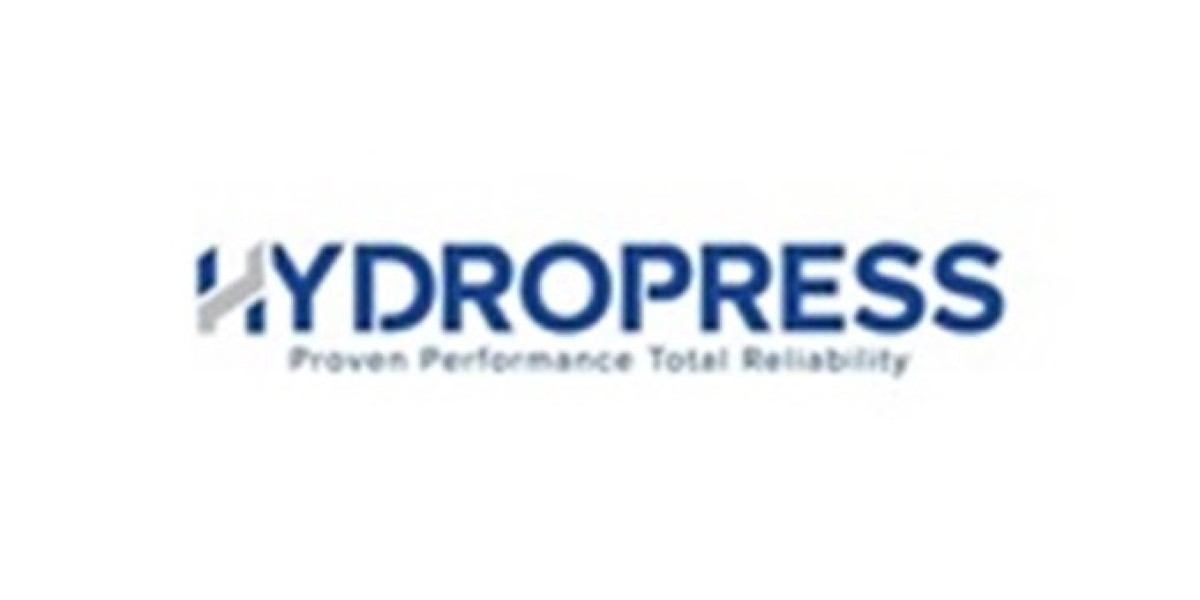The impact of chemical manufacturer on public health and safety is significant, given the inherent risks associated with handling and processing hazardous substances. Evaluating safety measures, hazard prevention, and responsible manufacturing practices is crucial to mitigate these risks and protect workers, the environment, and the surrounding communities.
Key Safety Measures and Hazard Prevention Strategies
1. Risk Assessment and Management
- Identifying high-risk areas and conducting impact analyses are essential for understanding potential hazards. This includes evaluating the likelihood and consequences of chemical spills, leaks, and other incidents.
- Process Safety Management (PSM) is a systematic approach to managing risks associated with chemical manufacturing processes. It involves identifying, evaluating, and controlling hazards throughout the process lifecycle.
2. Engineering Controls
- Designing safer processes and equipment, such as using corrosion-resistant materials and installing leak detection systems, helps prevent accidents. Engineering controls like closed-loop systems and ventilation can also minimize exposure to hazardous chemicals.
3. Personal Protective Equipment (PPE)
- Providing appropriate PPE, such as gloves, goggles, and respirators, is critical for protecting workers from chemical exposure. The selection of PPE should be based on thorough risk assessments.
4. Emergency Response Planning
- Developing and implementing well-defined emergency response plans, including evacuation procedures and spill containment strategies, is essential for managing potential incidents. Regular drills and training ensure that employees are prepared to respond effectively.
5. Hazard Communication
- Effective communication of chemical hazards through labeling, Safety Data Sheets (SDS), and training programs is vital for worker safety. Ensuring that SDS are easily accessible and that employees are trained on handling procedures helps minimize risks.
6. Environmental Controls
- Installing spill containment systems and following proper waste disposal methods prevents environmental contamination. Containment systems and absorbent materials can quickly address spills and prevent the spread of hazardous substances.
Importance of Responsible Manufacturing Practices
Responsible manufacturing practices are essential for minimizing the public health and environmental impacts of chemical production. This includes:
- Continuous Improvement: Regularly reviewing and updating safety measures to adapt to changes in processes or regulations.
- Data Analytics: Leveraging data analytics to identify patterns and predict potential hazards can enhance proactive safety management.
- Regulatory Compliance: Adhering to regulations from agencies like OSHA and EPA ensures that safety standards are met.
- Worker Training: Comprehensive training programs and regular refresher courses help maintain a culture of safety.
Conclusion
chemical manufacturer play a critical role in protecting public health and safety. By implementing robust safety measures, conducting thorough risk assessments, and fostering a culture of responsible manufacturing, companies can significantly reduce the risks associated with chemical production. The lessons learned from past incidents underscore the importance of vigilance and preparedness in this high-stakes industry.








